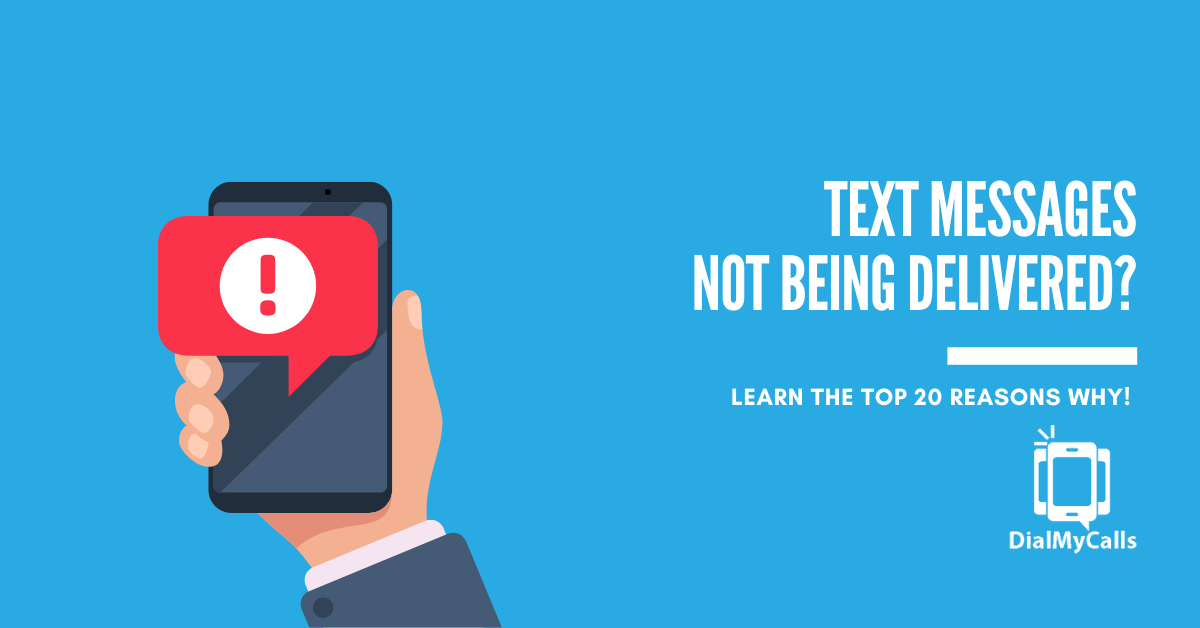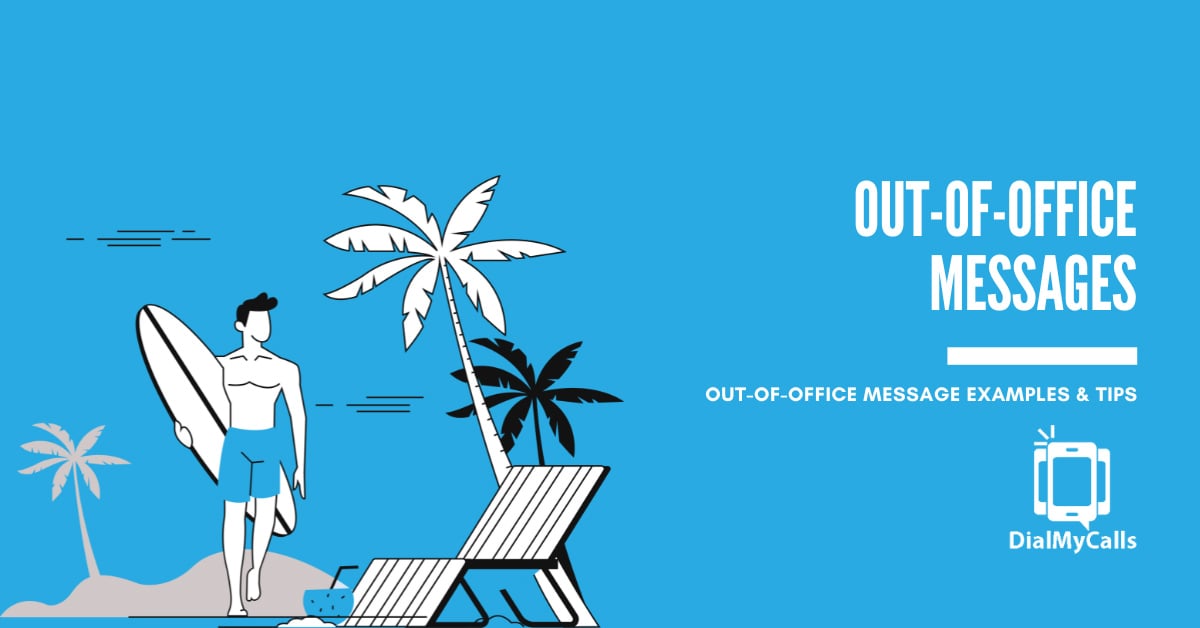Rules For Professional Texts You Should Never, Ever Break
Posted by Brooklin Nash in Business Continuity on September 10, 2019
Updated on August 20, 2020

Is there such a thing as professional texts? If so, is it more professional to call or text a client? What are the rules for professional texting, and when is it not okay?
The modern world of cell phones and mass communication provides plenty of questions for the business community. Here, we answer some of those questions while outlining five rules for texting in a professional context.
For those in business or other professional contexts, cell phones are inescapable. And while voice calls have been an important part of this sphere for some time now, mass texts have entered the arena more recently. As a newer part of the process, professionals have to be wary of how, when, and why they send text messages.
While the texting rules outlined below are not all-inclusive, they do provide professionals with a solid foundation regardless of their industry. The five rules include: avoid abbreviations, don’t text as a first contact, keep it brief, know when to call, and respect the recipient’s time.
1. Avoid Abbreviations
LOL. OMG. TTYL. BRB. IDK. IDC. OMW.
Most people use abbreviations when they’re texting. And usually, these abbreviations are considered normal in a text message. In professional texts, though, abbreviations can be too informal.
To begin with, abbreviations are usually considered slang. And if you wouldn’t use slang in a spoken conversation, you certainly shouldn’t in professional texts. Using slang or abbreviations denotes a level of familiarity that your client or customer may not be comfortable with.
Additionally, many professionals interact with people from different cultures or who speak a different primary language. The use of abbreviations can be confusing for these people. This causes unclear communication that could make the difference between a successful transaction or the end of a professional relationship.
2. Don’t Text as a First Contact
The first time a professional contacts a client is, arguably, one of the most important interactions. That’s why it’s important that this first contact is not made via text message.
There are too many benefits to voice calls and face-to-face interactions to ignore them when making contact for the first time. Getting to know and recognize a contact or client’s voice, body language, or manner of speaking is important. Texts, even professional texts, don’t allow for that.
What’s more, texting requires a certain level of familiarity. The first time a professional interacts with someone, though, familiarity is not the goal. Professionalism, formality, and general politeness are all more important. That reinforces the idea that texting should not be used as a first contact.
3. Keep It Brief
Another important rule for professional texts is that they should be brief. Any information that would take more than a few sentences to convey should be sent via email, voice call, or face-to-face interaction.
The very nature of text messages is that they are short. Professional texts should be no different. Using texts only for short messages, and sending longer messages through other means, shows that the sender respects the time of the recipient.
What’s more, longer texts often require longer responses. For many people, it’s difficult to type on a smartphone or regular cell phone. Writing a long response can be time-consuming and irritating. Important information could be lost in the interaction if either participant chooses to exclude something for the sake of time.
4. Know When to Call
Not every conversation is suitable for mass texting. Some need to be conveyed in a call — and not just when it’s your first contact or you have a lot to say. The content of professional text messages or other communication is just as important as the context.
Many professionals engage in conversations of a more private nature. This information should never be conveyed via text message, as text messages may be more easily compromised or read accidentally than other forms of communication. Medical information, for example, is best sent in a more secure way.
Additionally, emotional or sensitive information should be conveyed in a more personal way. This allows the sender to make sure that information is understood and that the recipient is okay.
As stated above, longer conversations and initial contact with a client or partner should also be made over a call, if not face-to-face. Phone calls are more personal than text messages, so more personal interactions should skip the texts.
5. Respect the Recipient’s Time
Is it more professional to call or text a client? Well, sometimes the answer depends on the time of day. Even when a text is appropriate, it’s important to think through the time of day before sending a message.
Legally, cold calls can only be made between 8:00 AM and 9:00 PM. These laws don’t apply if the recipient has had some sort of contact with the company previously. Common courtesy dictates a narrower window: most businesses will only make calls during normal business hours, or within a few hours afterwards if the recipient may be working.
In some ways, texting is more flexible. It is usually okay to send professional texts slightly earlier or later than one would call, because the recipient doesn’t have to answer right away. However, it’s important to try to send these messages during normal waking hours, even a text notification could wake up a sleeping contact.
Putting It All Together: Professional Texts in the Real World
It’s one thing to know the rules governing professional texts, and quite another to put them into practice. The rules may seem overwhelming, but in reality they act as guidelines for something that takes a lot of common sense and rational thought.
So, is it more professional to call or text a client?
If you’ve read what’s above, you know that both have their place. There’s much more to that decision than pure professionalism. Context and content matters.
A good rule of thumb for deciding if professional texts would be useful in your situation is to wait before sending a message. If something is important to say now, it will still be important to say later. In the meantime, you may think of additional good reasons to send (or not send) the message as a text.
It’s true that text messages have their place in a professional communication toolkit. But equally important as knowing how to send texts well is knowing when not to send a text at all. Narrowing down your texting opportunities makes it easier to check each one and make sure it’s informative and professional.
The five guidelines above are a great start for modeling professional texts for every scenario.
Sign Up For A Free Trial Today!
Get Started
Recent Posts
Categories
“I am a youth minister and have spent hours in the past calling students individually to remind them of an upcoming event or to get out an urgent announcement. With DialMyCalls.com, I cut that time down to about 1 minute. I also love how I can see exactly who answered live and how long they listened so I know if they heard the whole message. DialMyCalls.com is the best website I have stumbled upon all year! Thanks!”
Central Baptist Church
Sign Up For A Free Trial Today!
Get Started
Sign Up For A Free Trial Today!
Get Started
Recent Posts
Categories
“I am a youth minister and have spent hours in the past calling students individually to remind them of an upcoming event or to get out an urgent announcement. With DialMyCalls.com, I cut that time down to about 1 minute. I also love how I can see exactly who answered live and how long they listened so I know if they heard the whole message. DialMyCalls.com is the best website I have stumbled upon all year! Thanks!”
Central Baptist Church
Sign Up For A Free Trial Today!
Get Started




